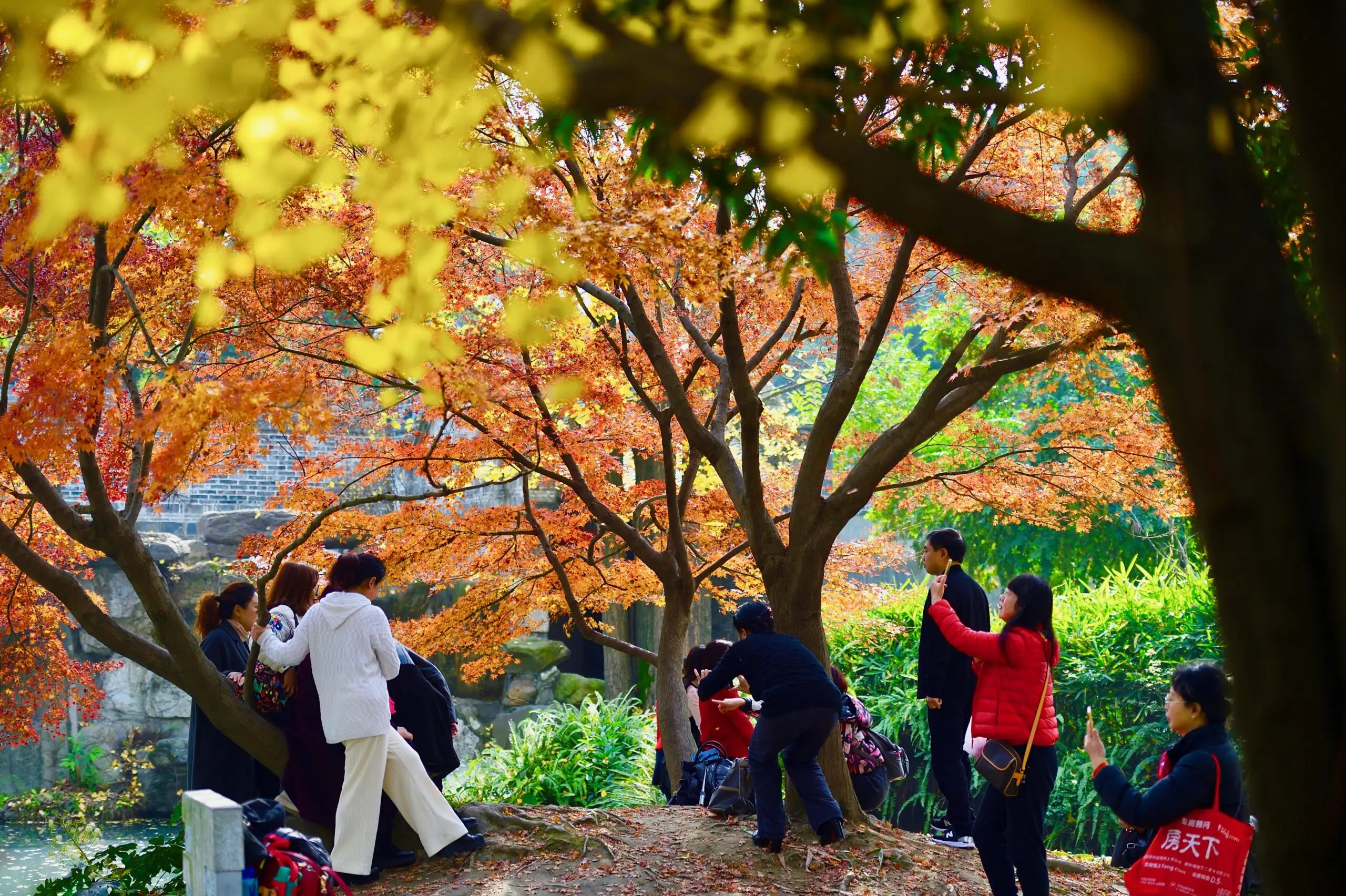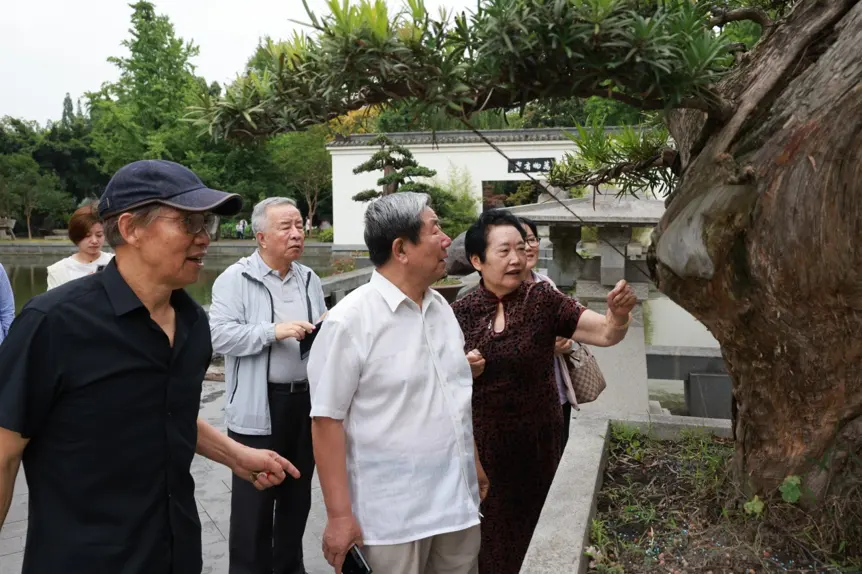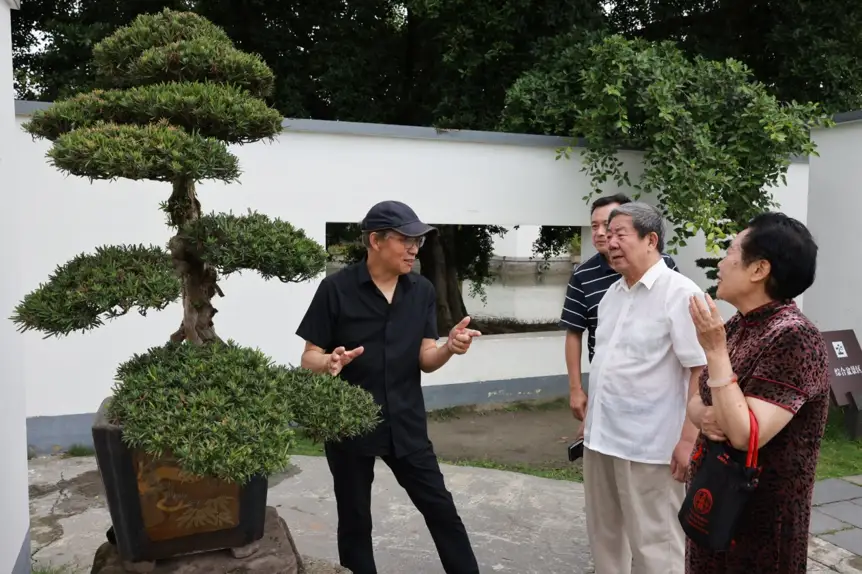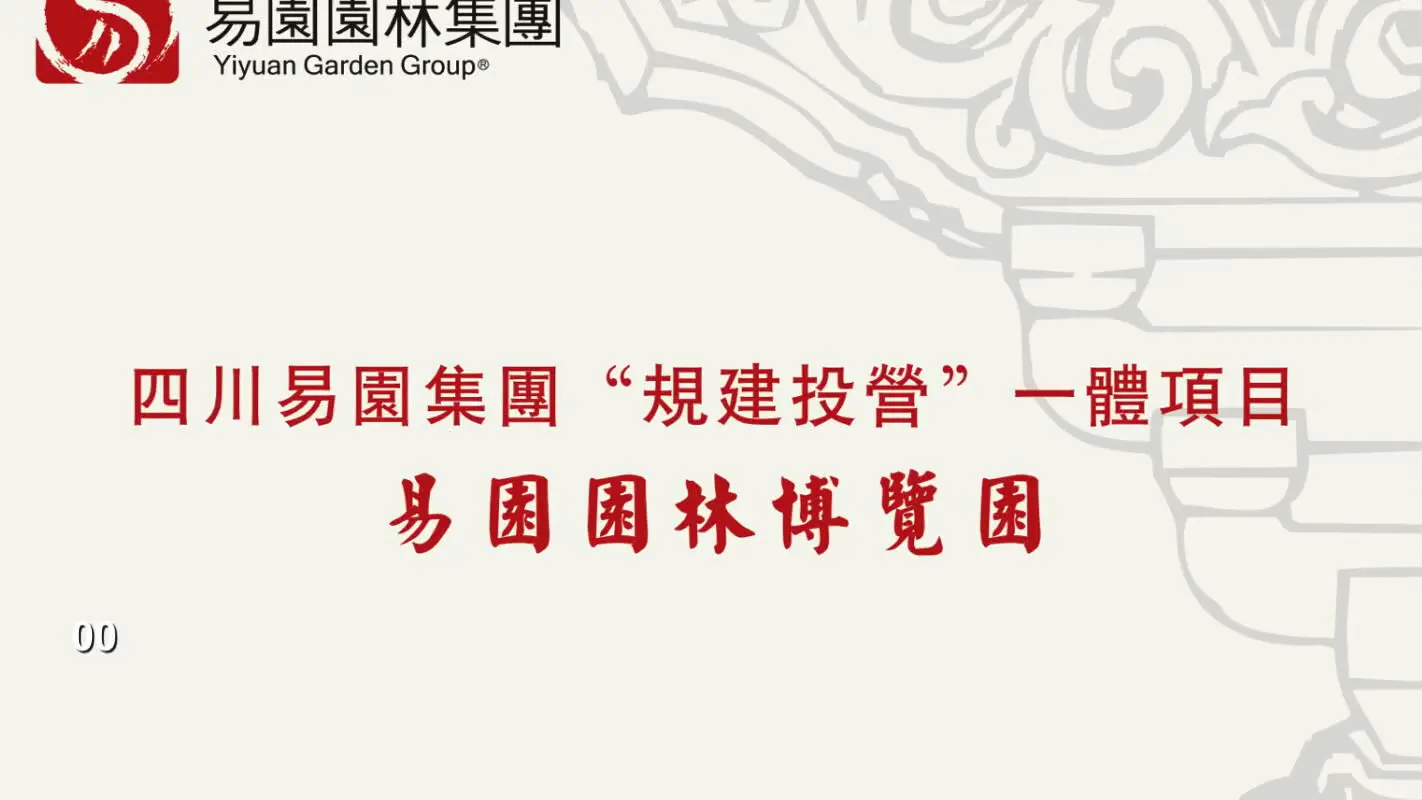1The discovery of the city's living museum

2Workshop opens
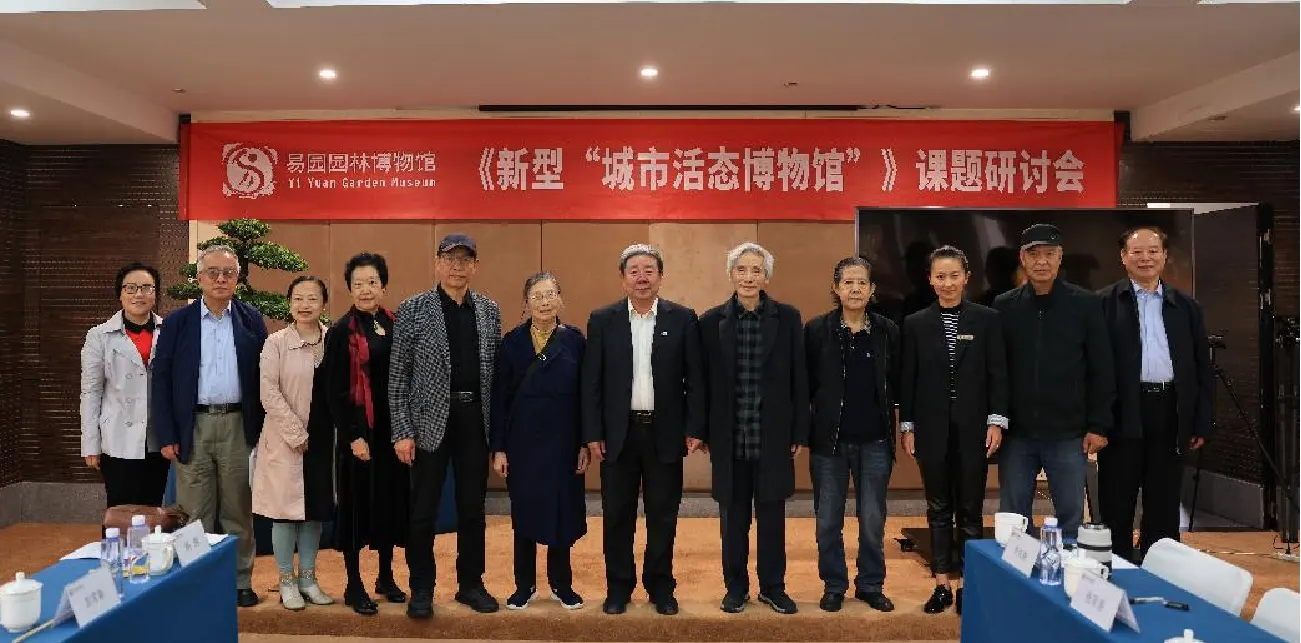
Historical and Cultural Heritage of the Ancient Jinniu Dam
On October 15-17, 2024, the first seminar on "Urban Living Museums in China's New Era" was held at the Yi Yuan Museum in Chengdu City, Sichuan Province. Sichuan local experts, related cultural and exposition associations and units, on the city of living museums, the ancient Shu Jinniu Road and Jinniu Dam history and culture, discussed the definition of the city of living museums and determination criteria, back to the ancient Shu Jinniu Road of the cultural lineage and its historical significance. Famous Ba Shu cultural scholars Tan Jihe, Qi Hehui, Zhang Xingyu and other experts interpreted the intrinsic connection and historical significance of Jinniu Dam and the ancient Shu Jinniu Road when tracing back the historical lineage of the ancient Shu Road, the ancient Shiyu Road and the ancient Jinniu Road. It is believed that the ancient Jinniu Dam on No.8 Jinquan Road in Chengdu is the representative cultural symbol of Jinniu Road, the first road of the ancient Shu Road, the beginning of the long historical lineage, the indispensable and irreplaceable historical and cultural heritage of the ancient Shu Jinniu Road, and the Ancestral Memory of the Ancient Shu Jinniu Road and the Cultural Landmarks.
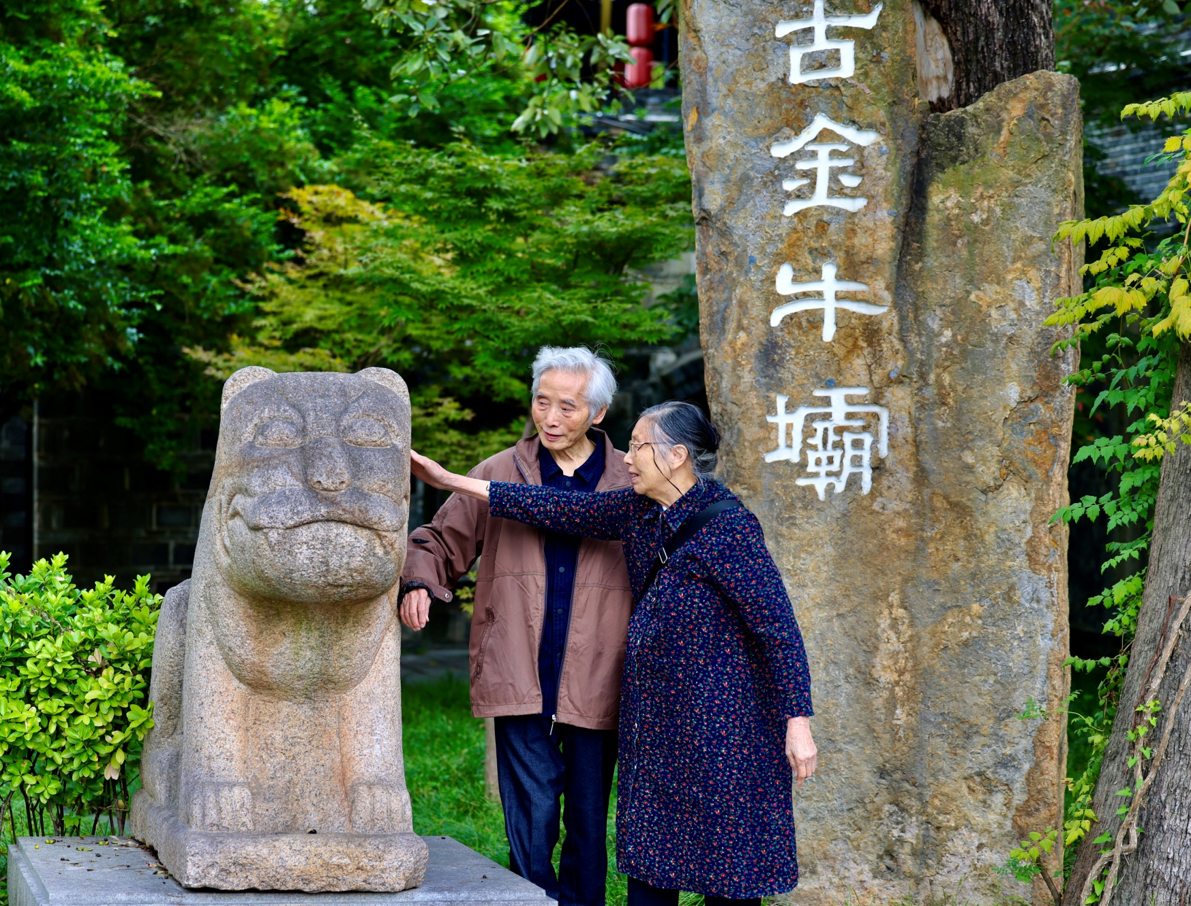
-
Cultural heritage
View More
Cultural heritage
As China's national garden art museum, easy garden in addition to the collection of cultural relics of value of painting and calligraphy, precious classical furniture, ancient stone carvings, each building on the antique fine carving of cultural relics to build, the State Administration of Cultural Heritage Cultural Relics and Ancient Buildings Expert Group Leader Mr. Luo Zhewen on the easy garden of ancient construction garden assessment, the whole "easy garden is a building by the cultural relics of the ancient building relocation and cultural relics parts of formation Up, now should be regarded as a unit of cultural relics protection", and praised "YiYuan is a model of cultural relics protection and utilization".
View More -
natural cultural heritage
View More
natural cultural heritage
Old and valuable trees throughout the Yi Park, the annual cycle can be up to several hundred years or even nearly a thousand years, the largest diameter of up to 2.5 meters. They are mainly from the project "Live Protection and Transplantation of Old and Valuable Trees" in the Three Gorges Reservoir area of the Yangtze River. Ancient and famous trees is one of the main elements of the success of the Yi Garden, because of these ancient and famous trees, rocks, removed ancient buildings and cultural relics to build buildings, making the Yi Garden has become a century-old garden. And when savoring these old trees, we will know that each old tree has a vicissitude of the history of legend and touching stories.
View More -
intangible cultural heritage
View More
intangible cultural heritage
Sichuan Opera Performance and Inheritance
View More
Sichuan Bonsai Technique and Non-Genetic Inheritance
Non-legacy Culture-Traditional Wedding
Yiyuan Sichuan Cuisine and Tea Ceremony Intangible Cultural Heritage
Yi Garden is located in Jinniu Dam, No.8 Jinquan Road, Jinniu Avenue, Jinniu District, Chengdu. It is a new type of Sichuan garden art exposition garden created with the philosophical and aesthetic thought of Zhou Yi, with the history of Jinniu Dam in ancient Sichuan as the foundation, and with the goal of "bearing the cultural lineage of Huaxia and creating the classics of the times".
Yi Garden is a Chinese ancient garden master Luo Zhewen recognized and guided the creation of the domestic Xinhua style "traditional new garden". Because of its deep understanding of Luo Zhewen's traditional new garden of the true meaning of both North and South gardens in one furnace, with a combination of all the beauty, the technique of adopting the strengths of the north and south gardens, taking its northern garden of the "atmosphere", the Jiangnan garden of the "culture", Sichuan and Sichuan gardens of the "fairy breath". "It is a non-state-owned national garden art museum and "urban living museum" in China. It is a spiritual home where everything has a spirit and returns to nature. It enjoys the reputation of "Literary victory in Sichuan after Li Du, garden name Jinli match Suzhou and Hangzhou" and "Ancient history of the garden in Jiangnan, now look at the Chengdu Yi Garden made". It is the example and benchmark for the new era of Sichuan-style gardens to go out of Sichuan and to the world.
Yi Yuan Scenery
Yi Garden is located in the west of Jincheng, the ancient Jinniu Dam, which has been the best feng shui place in Chengdu since ancient times. Close to the metropolis and overlooking the Yubi Mountain, it has the idyllic landscape of "not out of the cache, open to the countryside" and the favorable environment of the State Guesthouse. It is an ideal place for "urban and rural happiness". It is the ideal environment of "making a hut in the people's realm without the clamor of vehicles and horses" pursued by Tao Yuanming, a Chinese reclusive literati.
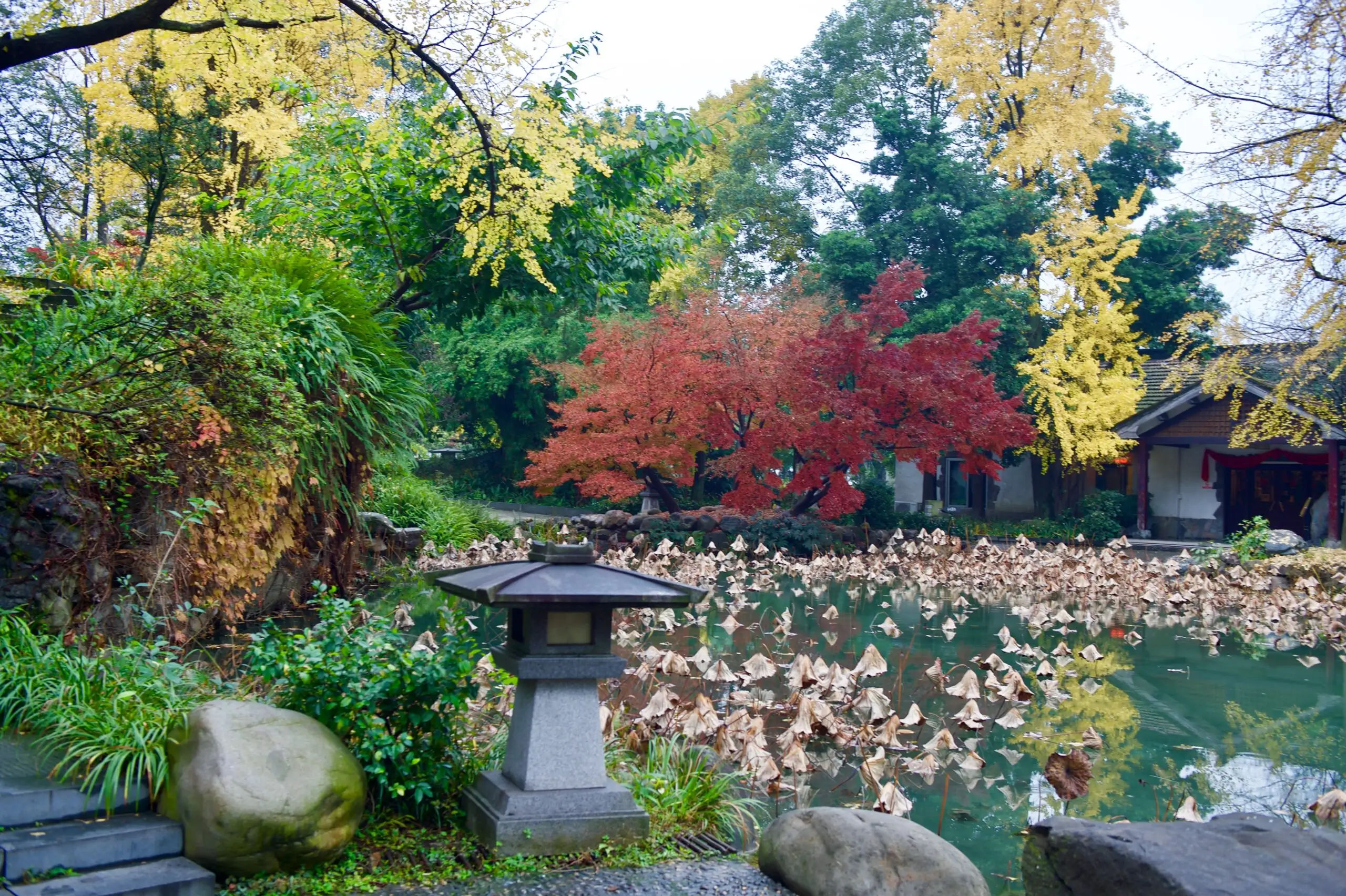
Live Experience
The living experience of Yi Park is just like a flowing scroll of the I Ching, skillfully interweaving the spiritual charm of nature with humanistic philosophies, and weaving the millennium cultural lineage and contemporary life into an immersive cultural theater. Stepping into the park, every step of the path is a link in time, connecting the codes of ancient Shu civilization with the atmosphere of the marketplace. The sound of gongs and drums startles the koi carp in the pool, and the interpretation of Sichuan Opera on the stage forms a marvelous intertext with the young boy sketching, and the traditional art completes its modern translation in the flow of light and shadow. The apricot blossoms kiss the branches in spring, the shade of the trees falls on the green stone bridge at the summer solstice, the maple leaves are colored by the frost in autumn like a noblewoman's hairpin, and the evergreen pines and cypresses stand proudly in the snow after the winter solstice, all of which show the rhythm of life in the change of the four seasons.
